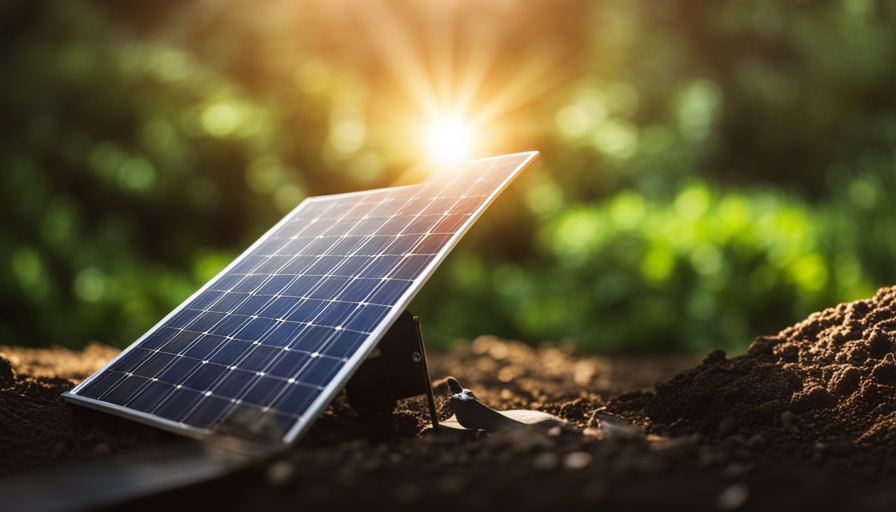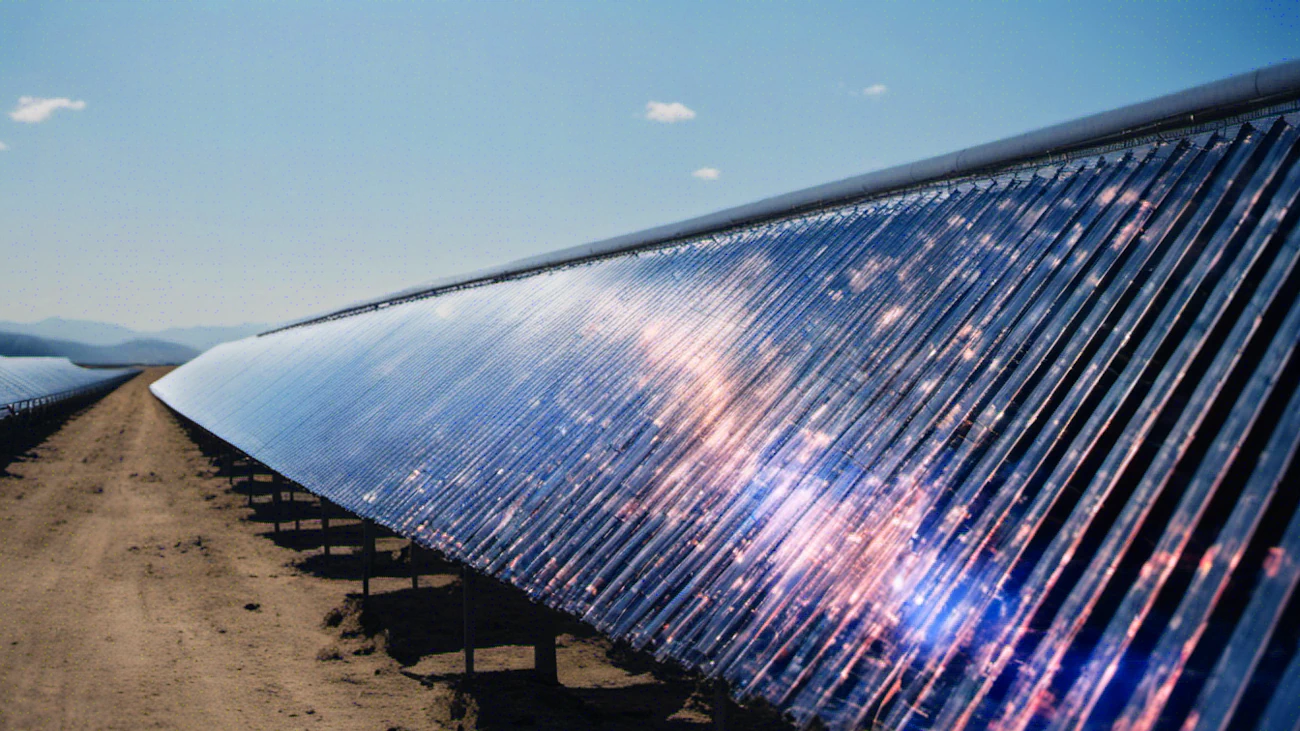A Renewables revolution
In the relentless pursuit of a more sustainable and environmentally responsible energy future, the focus has shifted towards harnessing the power of renewable sources. This transformation is not merely a trend; it's a crucial step in mitigating the effects of climate change, reducing our reliance on finite fossil fuels, and ensuring a cleaner, healthier planet for future generations.
One of the primary objectives of this renewable energy endeavor is the advancement of thermal energy generation processes. By optimizing the conversion of heat into usable power, we can maximize efficiency while minimizing waste. This approach involves innovative technologies, smart designs, and a deep understanding of heat transfer mechanisms. This pursuit isn't just about producing energy; it's about doing so in the most sustainable and efficient manner possible.
Solar energy
Solar energy is an endless source of light and heat obtained from the sun. It is considered one of the cleanest and most sustainable energy sources available to humanity, providing a valuable solution to address current challenges in the energy and environmental sectors. In this article, we will explore in depth what solar energy is, how it works, and how it is used both in electricity generation and heat production.
This form of energy is harnessed through two main approaches: solar electricity and solar thermal energy. Although both methods capture solar radiation, they utilize it in different ways.
- Solar electric energy: Contributes to reducing greenhouse gas emissions, decreasing our dependence on non-renewable fossil fuels, and promoting a more environmentally friendly energy landscape.
- Solar thermal energy: Focuses on harnessing the sun's heat to warm water, spaces, or even produce steam for electricity generation. Unlike solar electricity, which converts light into electricity, solar thermal energy centers on the conversion of solar radiation into heat.
Solar electric energy
Renewable energy technology that converts sunlight into electricity using solar panels
Solar thermal energy
Renewable energy technology that utilizes the sun's heat to provide direct heating for various applications
Ocean energy
Ocean energy, also known as marine energy, refers to the renewable energy carried by ocean waves, tides, salinity, and ocean temperature differences. This energy can be harnessed to generate electricity for powering homes, transportation, and industry.
Various technologies are used to obtain electricity from ocean energy:
- Tidal energy: An alternator is used to convert the kinetic and potential energy of tides into electrical power.
- Wave energy: The mechanical energy of waves is captured using different hydraulic systems that drive turbines, and these, in turn, power a generator.
- Marine current energy: The conversion of kinetic energy from marine currents into electricity is done through various types of open-flow rotors similar to wind turbines.
- Ocean thermal energy: The thermal energy of surface water is used to heat a liquid, which, once transformed into steam, can drive a turbine to generate electricity.
- Blue energy or osmotic power: River water and seawater are passed through a membrane that allows water to pass but not salts, creating a pressure difference that a turbine converts into electrical energy.
In the following places we will explain in a precise and technical manner the key differences between solar energy and tidal energy, highlighting their unique and potential characteristics in the global energy panorama.
Tidal Energy
Renewable energy source that harnesses the power of ocean tides to generate electricity...
Wave Energy
Renewable energy source that captures the kinetic and potential energy of ocean waves...
Wind energy
Solar energy is not alone in this endeavor. Wind energy, with its towering turbines capturing the kinetic energy of the wind, contributes substantially to our renewable energy mix. Wind turbines, equipped with large blades, capture this energy and convert it into mechanical rotation. This rotational motion is then transformed into electricity by a generator. Wind energy is clean, producing no direct greenhouse gas emissions or pollution during operation. It's generally considered a more environmentally friendly option compared to fossil fuels particularly in areas with consistent and strong winds, but it's essential to acknowledge that the life cycle of wind turbines does involve certain ecological considerations such as: manufacturing, transportation, installation, land use, and end-of-Life disposal. However, it's important to note that the environmental impacts of wind energy, including its life cycle, are generally considered to be lower compared to the continuous emissions and environmental degradation associated with fossil fuels.
Fuell-cell energy
Hydrogen, a versatile element, shows great promise as a clean fuel source, especially when coupled with fuel cells.
Fuel-cell energy is a clean and efficient power generation technology that converts the chemical energy of fuels, into electricity through an electrochemical process. Hydrogen fuel, often combined with oxygen from the air, reacts within the fuel cell, producing electricity, heat, and water as byproducts—no combustion involved. This technology offers high energy efficiency, emits minimal pollutants, and has diverse applications, from stationary power generation to transportation, offering a promising pathway to reducing carbon emissions and achieving a sustainable energy future. Proper sourcing of hydrogen and managing its environmental impact are essential for maximizing the benefits.
Wind energy
Renewable energy source that harnesses the kinetic energy of moving air to generate electricity...
Fuel-Cells energy
Clean and efficient technology that generates electricity through electrochemical reactions...
Decentralized systems
A cornerstone of this movement is the distributed generation and storage of electricity. The shift towards decentralized systems offers numerous advantages. It enhances the resilience of our energy infrastructure, making it more resistant to disruptions and empowers local communities to generate their own power, reducing their dependence on centralized grids.
The life cycle
These technologies pave the way for a future where we can power our lives without depleting finite resources or emitting harmful pollutants.
In the midst of this energy transformation, the environmental impact remains a critical consideration. We must thoroughly assess the life cycle of each energy source, from manufacturing and installation to operation and decommissioning. By understanding and minimizing the ecological footprint of renewable energy technologies, we ensure that our transition to a sustainable energy landscape doesn't inadvertently harm the very planet we seek to protect.
Natural regeneration
A central aspect of our sustainable energy quest is a special focus on sources that regenerate by natural means. This characteristic ensures the longevity of our energy solutions. It means that as we tap into these sources, they continue to renew themselves over time, creating a perpetual cycle of energy generation. This is a pivotal distinction from the fossil fuel paradigm, where extraction is finite and irreversible.
Natural regeneration is a sustainable approach that respects the intricate relationships within ecosystems. It emphasizes the role of native species, promotes genetic diversity, and maintains ecological balance. However, successful natural regeneration depends on various factors, including site conditions, species composition, disturbance history, and the prevention of further disturbances during the recovery period. Balancing human needs with the principles of natural regeneration is crucial for fostering healthy and resilient ecosystems.
We will address these topics in more detail on this website, I hope you like it!
Are you still interested in this topic?
A good idea is to continue here:







